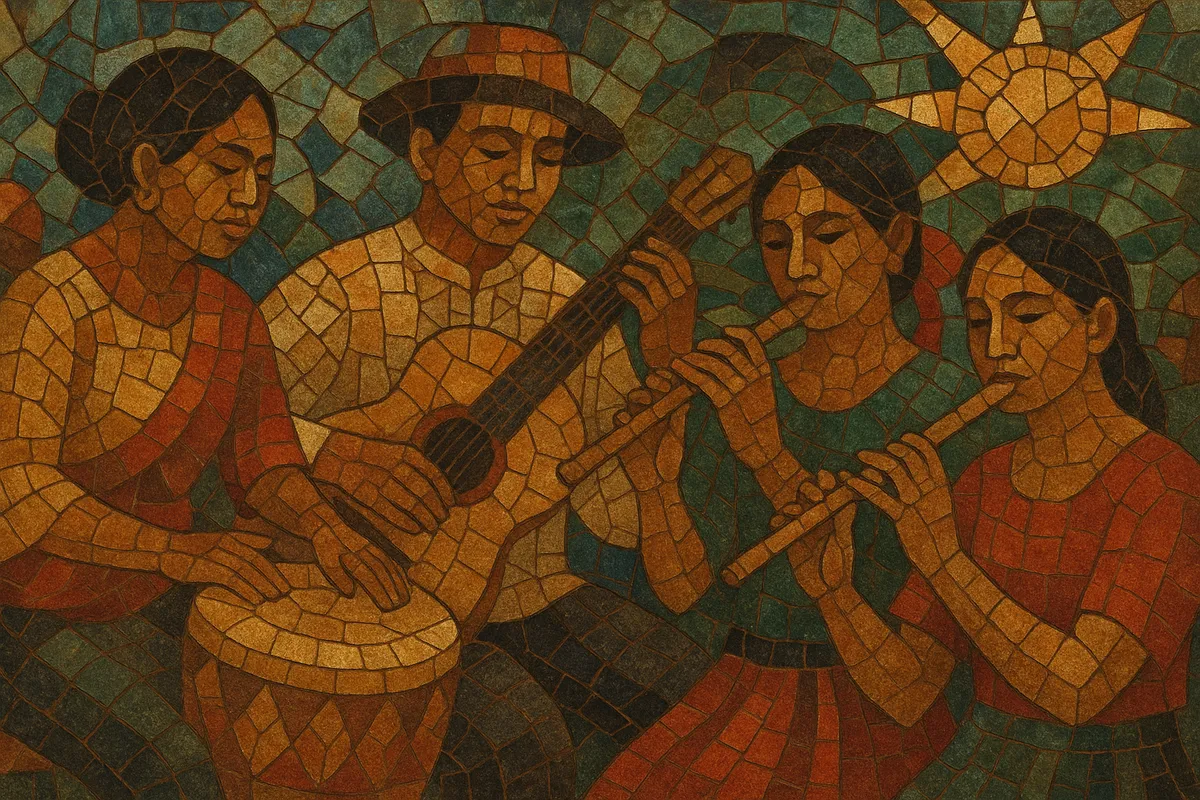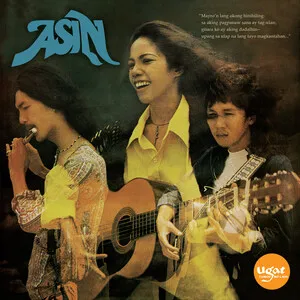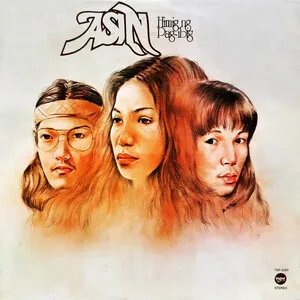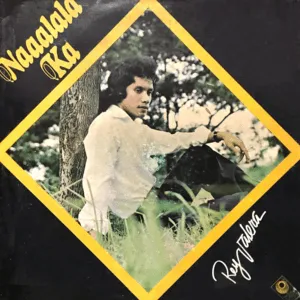
Philippine music is a broad umbrella that spans indigenous Austronesian traditions, centuries of Hispanic and church-influenced forms, and a modern spectrum of pop, rock, hip hop, and R&B known collectively as OPM (Original Pilipino Music).
At one end are precolonial and Islamic-court musics such as kulintang gong-chime ensembles in Mindanao and Sulu, bamboo and nose-flute repertories, and epic-chant traditions—relying on cyclical rhythms, interlocking patterns, and modal scales. From the Spanish era came guitar-centered serenades (harana), art song (kundiman), and the rondalla string orchestra, blending Iberian harmony with Filipino melodic sensibility. In the 20th century, American and global influences catalyzed jazz bands, Manila Sound, Pinoy rock, and contemporary P-pop, while Tagalog, Cebuano, Ilocano, Kapampangan, and other languages remained central to lyrical identity.
Across all eras, Philippine music emphasizes memorable melody, lyrical directness, danceable and flexible rhythms, and a penchant for romantic and nostalgic expression that coexists with socially conscious songwriting.
Long before colonization, communities across the archipelago cultivated rich oral and instrumental traditions. Austronesian roots are evident in epic-chanting, bamboo and nose flutes, and, in the Muslim South, sophisticated kulintang gong-chime ensembles (with kulintang, agung, gandingan, dabakan, and babendil) using interlocking rhythmic cycles and modal tunings.
Spanish rule introduced guitars, bandurria, and European harmony, catalyzing harana (serenade) with habanera-like rhythms and kundiman art songs that often move from minor to major. The rondalla—an ensemble of plucked strings (bandurria, laud, octavina, guitar, bajo de uñas)—flourished, and church music shaped sacred and festive repertoires.
American presence amplified brass bands, jazz orchestras, and popular song forms. Conservatory training fostered composers who merged Western classical idioms with Filipino melody. Radio and cinema spread local songs in Tagalog and regional languages.
Beat music, rock, and soul met Filipino lyricism, yielding Manila Sound’s light, grooving pop and the broader OPM movement. Singer-songwriters and bands addressed love, identity, and social realities, while folk-rock carried protest and community themes.
Alternative rock, R&B, and hip hop matured alongside mainstream balladry. P-pop groups adopted global pop craft while foregrounding Filipino identity. Parallel to mainstream growth, scholars and culture-bearers revitalized indigenous practices, kulintang performance, and regional song traditions, ensuring continuity between heritage and contemporary creation.
Decide whether you are writing in a traditional vein (kulintang, rondalla, kundiman/harana) or a contemporary OPM style (pop, rock, R&B, hip hop). Each stream has distinct instrumentation, rhythm, and lyrical approach.







